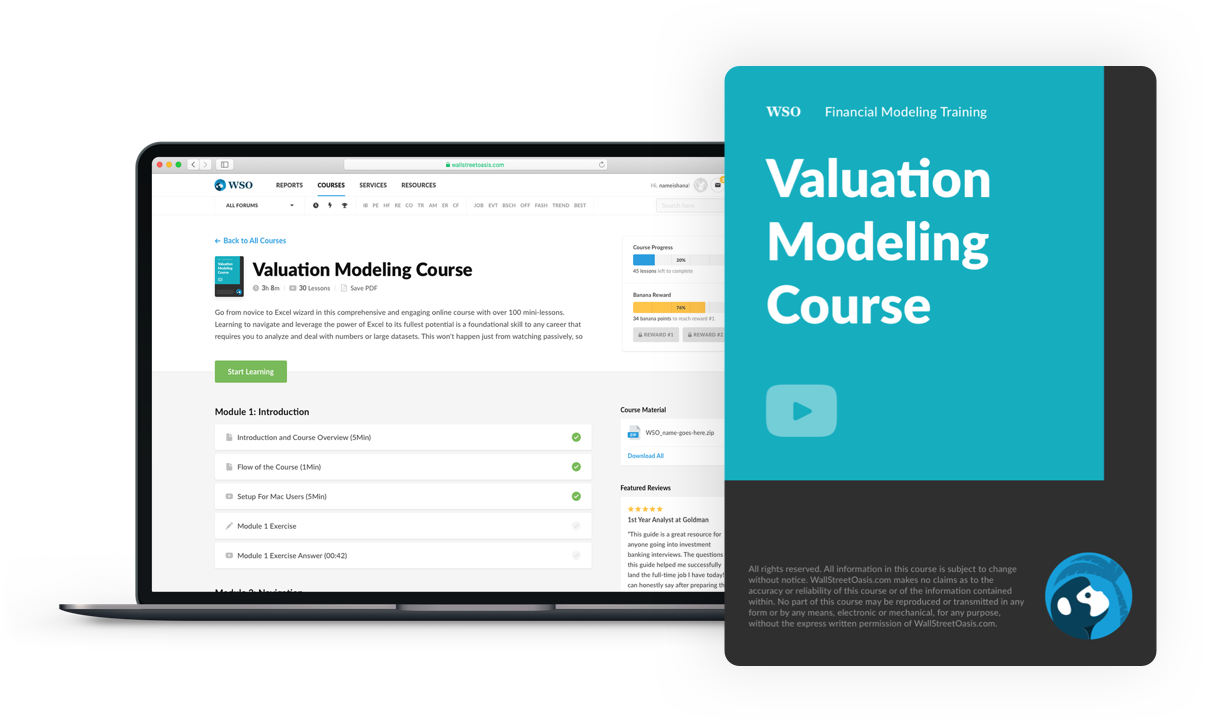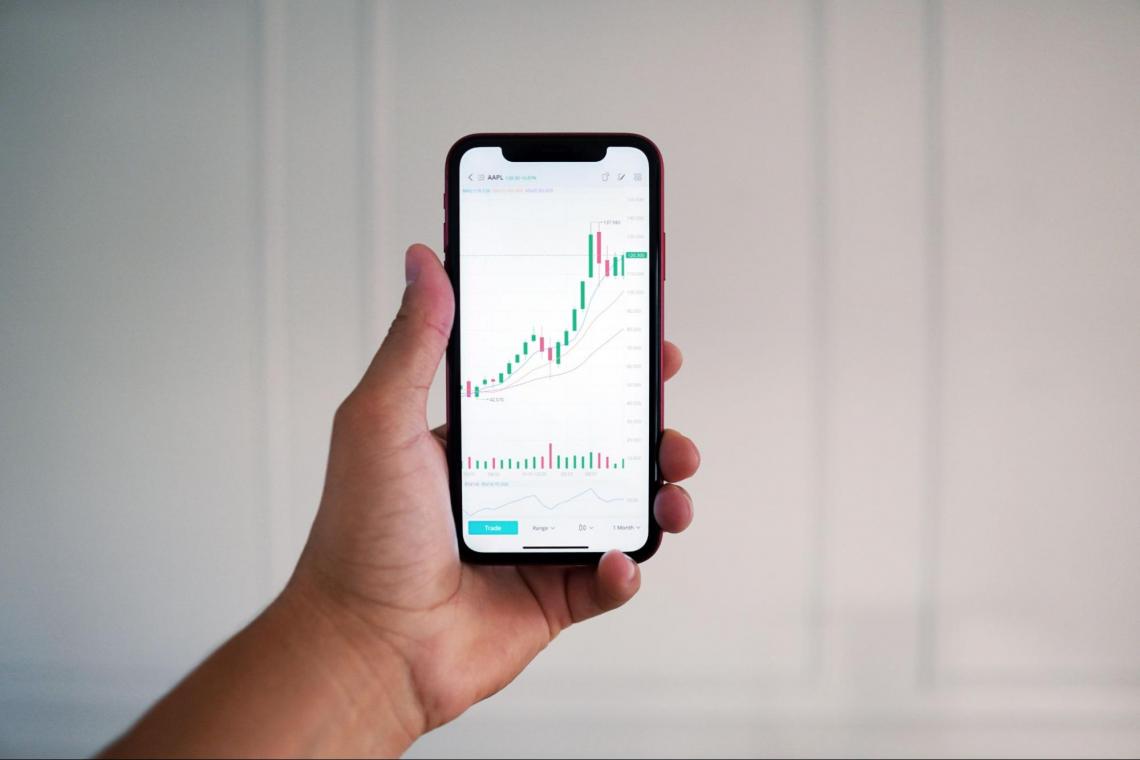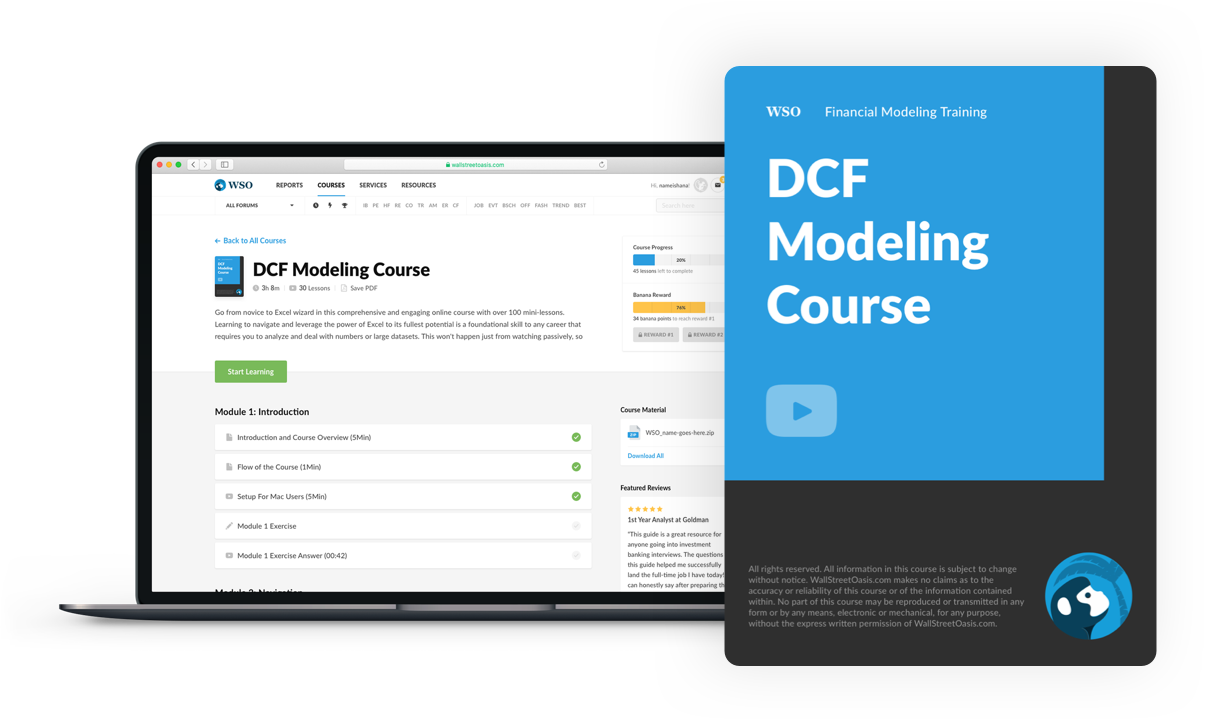
Option Greeks
In the options market, "the Greeks" are a group of variables used to describe an option's movements and risk.
In the options market, "the Greeks" are a group of variables used to describe an option's movements and risk. Each variable is represented by a Greek letter.

Options contracts and derivatives as a whole can appear to be extremely complicated. The Greeks are pivotal to understanding which are good investments based on one's risk profile, strategy, etc.
Reading these variables tells you a contract's sensitivities to the underlying aspects, like a change in the interest rate, a change in the underlying asset's price, or the passage of time.
The most commonly used Greeks are those from the Black-Scholes Model of options pricing. Published in 1973, this model evaluates an option based on the Greeks.
The first Greeks we'll cover are very simple, with most deriving straight from the contract itself and the underlying asset. These are the most useful and commonly used.
The lesser-used Greeks are much more complicated, deriving from other Greeks. These second- and third-order derivatives are rarely used when considering an investment.
To understand the Greeks, we must first understand what they describe. Before these variables are covered, we'll take a quick look at what exactly an option is.
What is an option?
Options are a type of derivative. These contracts provide the right to purchase or sell an underlying security, usually 100 shares, at a pre-agreed upon price before the date of expiration.
Generally, this kind of contract costs the purchaser a fee, called a premium, that is on a per-contract basis. For example, a premium of 50 cents on one option would be 50¢ * 100, equalling $50.
Essentially, it would cost an investor $50 to purchase this option, whether or not it is exercised.
The premium is calculated using a combination of variables, like strike price and expiration date.
The purchaser is not required to exercise the contract before the date of expiration. The contract can expire without ever being used, thus why it is called an "option." It merely provides a choice.

There are two forms of options, calls, and puts.
A call option gives the buyer the right to purchase an underlying asset at the specified price and within the timeframe. A put option gives the buyer the right to sell the underlying asset, with all other conditions identical to a call.
Purchasing (longing) a call is bullish, betting on the underlying asset to increase in value. On the other hand, purchasing a put is bearish, betting on the underlying asset to decrease in value.
Selling (shorting) either of these contracts switches the direction the bet is in.
Since premiums cost only a fraction of the total value of shares an option contract controls, investors can gain significant leverage. For the price of a small premium, an investor can experience the gains and losses of a much larger investment.
This leverage makes options a higher risk but higher reward investment.
With the understanding of what these contracts are, we can now look at the Greeks: the variables that describe key characteristics of options.

Everything You Need To Master Valuation Modeling
To Help You Thrive in the Most Prestigious Jobs on Wall Street.
Common Option Greeks
The Greeks become exceedingly complex, decreasing in usefulness for the average investor. These five variables, however, are the most basic and essential to know as an investor.
For example, huge losses can easily occur if one is unaware of theta. Knowledge of epsilon allows one to factor future dividend changes into an investment decision. Anticipating an interest rate change, using Rho, one can estimate the effect on an option's value.

These are only some of the ways that comprehension of these common Greeks can significantly improve one's success.
Starting out as a derivative investor, these variables and the effects they measure may seem complicated, but they can prevent tremendous losses.
A full understanding of particular security almost always reduces risk. This risk reduction is especially important when leverage is involved, and losses can be larger than your initial investment.
First, we'll look at Delta, the most basic of the Greeks.
Delta (Δ)

Delta is the amount an option's value will change when the underlying asset's price increases by $1.
Since this is a ratio, a call's Delta ranges from 0 to 1, and a put's Delta ranges from 0 to -1.
If an investment has a delta of .75, a $10 increase in the price of the underlying asset will increase the value of a call by $7.50.
Some investors create delta-neutral positions, aiming to gain profits from things like changes in implied volatility rather than changes in the price of the underlying asset.
Some use Delta as a measurement of the likelihood that a contract will expire in the money (profitable).
A delta of .5, for example, implies that the contract has a 50% chance of finishing in the money.
The last and most complicated use of Delta is as a hedge ratio for the aforementioned delta-neutral portfolios.
A hedge ratio measures what portion of an investment is hedged against a certain risk like inflation.
For instance, to achieve a delta-neutral position on a long put contract on a stock with a delta of 0.1, an investor would have to purchase ten shares of the underlying asset.
Theta (Θ)
Theta is the effect time will have on an option's value.

These contracts have both intrinsic value, what it's worth if it was exercised at that very moment, and extrinsic value, the potential for that contract to rise in value.
Theta affects extrinsic value.
Long calls and puts generally have negative theta values, with the value decreasing as time goes on.
Short calls and puts are the opposite, generally having a positive theta, increasing in the value as the expiration date gets closer.
For example, a theta of -.1 means that an option would lose $1 in value after ten days, ignoring all other factors.
Theta increases exponentially as the expiration date approaches, especially in the last 30 days before expiration.
This is because there is less time for a contract to become more valuable.
Options that are breakeven, a.k.a. at-the-money, will generally have the largest theta, decreasing as they move further in- or out-of-the-money.
Gamma (Γ)
Gamma measures how much Delta will change from a change in the underlying asset's price.
Delta measures the rate at which a contract's value changes in comparison to the underlying asset. Gamma measures how this rate changes as the underlying asset's price changes.
Essentially, gamma tells us how Delta will change, making it an accurate measurement of delta volatility.
Let's say I have a $10 contract with a delta of 0.5 and a gamma of .25. If the underlying asset (stock, bond, etc.) goes up by $1, the Delta will rise to 0.75.
To break this down even further, we can look at what happens with each dollar increase. The underlying asset increases in price by $1, causing the option's value to rise to $10.50.
The underlying asset increases by another $1, and by using gamma, we know the Delta becomes 0.75. This increases the contract's value to $11.25.

As you can see, gamma is key to calculating, for example, how a forecasted price will change the value of a contract.
This is one of the only second-order derivatives (Greek based on another Greek) that is frequently used by investors.
Vega (v)
Vega, sometimes referred to as kappa (k), represents the change in an option's value if the underlying asset's implied volatility increases by 1%. Essentially, it's a measurement of how sensitive a contract's price is to volatility.

Implied volatility (IV) is how much certain security is expected to shift in value over a certain period. What IV doesn't predict, however, is the direction of this movement.
An increase in implied volatility means that there is a higher chance for extreme changes in the underlying asset's price, like a dramatic rise, for example. An increase in volatility increases an option's value.
Looking in the opposite direction, a decrease in volatility means that there is a smaller chance for extreme changes in the underlying asset. Decreased volatility means that it is less likely for an option's value to, for example, rise dramatically.
Vega is a useful metric when using strategies heavily dependent on volatility, like straddles.
Usually, vega is largest when a contract is at the money (breakeven). It is also larger the further from expiration the contract is, decreasing as expiration gets closer.
Rho (ρ)
The last of the commonly used Greeks, Rho, measures the effect of a 1$ change in the interest rate on an option's value. Essentially, Rho is how sensitive a contract's value is to the interest rate.

For an example of how rho factors into an option's value, let's assume I own a call with a rho value of 0.5. My contract, based on the Black-Scholes Model, had a value of $15. Now, however, the interest rate has increased by 2%.
To calculate how my option's value has changed, we would multiply the percentage change in the interest rate by Rho. In this case, that would be 0.5*2, resulting in a $1 increase in the value of my option, bringing it to $16.
If, instead, this was a put, it would have decreased in value instead of increased. This would have led to my put now having a value of $14.
Rho is the least used of the common Greeks, even though it is part of the Black-Scholes formula.
Lesser-used Option Greeks
Now that we have covered the well-known Greeks, we can move into the more obscure, complex ones, focusing on what happens to other Greeks when there is a change in the underlying asset.

Unless accompanied by a symbol, the majority of these aren't actually Greek letters. Most of these Greeks are named by amalgamating the components of their formulas.
First-order derivative means it includes no other Greeks in its calculation and is solely based on the underlying asset. Second-order derivative means that it contains a first-order Greek in the calculation. A third-order derivative means that it uses second-order Greek in the calculation.
Lastly, the multi-asset Greeks are used when an option is based on two or more underlying assets. Multi-option Greeks are used to understand how the underlying assets of a contract affect each other.
First-order
- Lambda (λ): Sometimes referred to as omega (Ω) or elasticity, it measures the percentage change in an option's value when the underlying asset changes by one percent.
- Epsilon (ε): Also called psi (Ψ), it represents the percentage change in an option's value should the underlying dividend yield change by a certain percentage.
Second-order
- Vomma: The change to vega in relation to a change in volatility
- Vanna: How Delta will change as volatility changes
- Charm (delta decay): How Delta will change as time passes
- Veta: How vega will change as time passes
- Vera: How Rho will change as volatility changes
Third-order
- Speed: How gamma will change as the underlying price changes
- Color (gamma decay): How gamma will change as time passes
- Zomma: How gamma will change as volatility changes
- Ultima: How Vomma will change as volatility changes
Multi-Asset
- Correlation delta (cega): How the option's value will change as the correlation between the changes of the underlying assets
- Cross Gamma: How Delta will change in one underlying asset as the Delta of another underlying asset changes
- Cross Vanna: How vega will change in one underlying as the vega of another underlying asset changes. Cross Vanna is also equal to how the Delta of one underlying asset will change as the volatility of another underlying asset changes.
- Cross Volga: How vega will change in one underlying asset as the volatility of another underlying asset changes

Everything You Need To Master DCF Modeling
To Help You Thrive in the Most Prestigious Jobs on Wall Street.
Researched and authored by James Fazeli-Sinaki | LinkedIn
Free Resources
To continue learning and advancing your career, check out these additional helpful WSO resources:


or Want to Sign up with your social account?